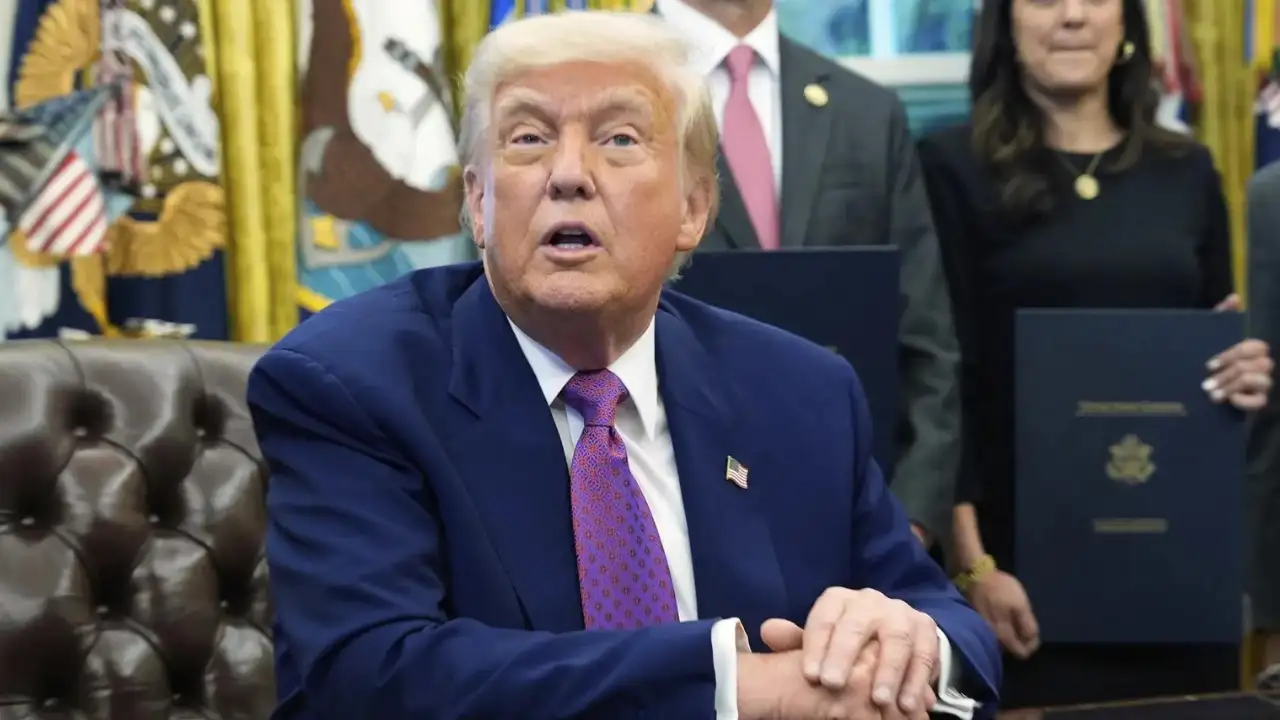Donald Trump Signs Executive Order: A New Stance on Corporate Accountability

President Donald Trump has taken a bold step to address the rising costs of prescription drugs in the United States by signing a comprehensive executive order. This directive mandates pharmaceutical companies to reduce drug prices significantly within 30 days or face potential consequences. Trump emphasized that the U.S. will no longer subsidize healthcare for foreign nations and aims to align domestic drug prices with those in Europe, potentially lowering costs by as much as 90% for some medications.
Executive Order Details
The executive order, signed at the White House, instructs the Department of Health and Human Services, led by Robert F. Kennedy Jr., to negotiate new drug prices within a month. If negotiations do not yield satisfactory results, Kennedy is required to establish a rule that ties U.S. medication prices to the lowest international rates. Trump stated, “We’re going to equalize. We’re all going to pay the same. We’re going to pay what Europe pays.” This initiative is part of a broader strategy to combat what Trump describes as price gouging by pharmaceutical companies.
The implications of this order for Americans with private health insurance remain uncertain. The federal government primarily influences drug pricing through Medicare and Medicaid programs. The announcement of this executive order coincides with House Republicans’ proposal to cut Medicaid funding by $880 billion, raising questions about the overall impact on healthcare costs for Americans.
Most Favoured Nation Policy
The executive order introduces a “Most Favoured Nation” policy, which aims to ensure that U.S. drug prices are aligned with the lowest prices available internationally for the same medications. Trump remarked, “Whoever is paying the lowest price, that’s the price that we’re going to get.” The success of this policy largely hinges on the willingness of pharmaceutical companies to negotiate prices. There is potential for legal challenges, similar to those faced during Trump’s previous attempts to reform drug pricing during his first term.
Trump has criticized the existing pricing system, highlighting significant disparities between U.S. drug costs and those in Europe. He specifically mentioned the obesity medication Ozempic as an example of this issue. The president plans to investigate foreign nations that may be pressuring pharmaceutical companies to lower prices through product restrictions.
Challenges Ahead
While Trump is optimistic about the potential for lower drug prices, he acknowledges the challenges posed by the powerful pharmaceutical lobby. Earlier in the day, he expressed his commitment to reducing drug prices, stating on Truth Social, “DRUG PRICES TO BE CUT BY 59%, PLUS! Gasoline, Energy, Groceries, and all other costs, DOWN. NO INFLATION!!!” He indicated that any reductions in U.S. drug prices might lead to increased costs in other countries.
This is not Trump’s first attempt to lower drug prices. During his presidency from 2017 to 2021, he proposed similar measures, but they faced strong opposition from the pharmaceutical industry. The current executive order marks a renewed effort to tackle the issue of high drug prices, which has been a significant concern for many Americans.
Future Implications
The executive order’s potential impact on the healthcare landscape in the United States remains to be seen. As pharmaceutical companies prepare to respond to the 30-day deadline, the outcome of these negotiations will be crucial in determining whether Americans will see a significant reduction in prescription drug costs. The administration’s focus on aligning U.S. drug prices with international standards could reshape the pharmaceutical market, but it will require careful navigation of legal and industry challenges.
Observer Voice is the one stop site for National, International news, Sports, Editor’s Choice, Art/culture contents, Quotes and much more. We also cover historical contents. Historical contents includes World History, Indian History, and what happened today. The website also covers Entertainment across the India and World.

